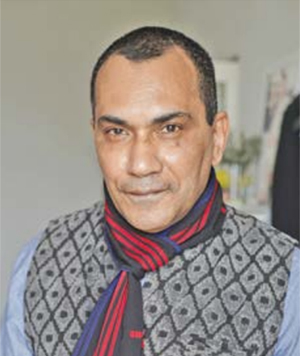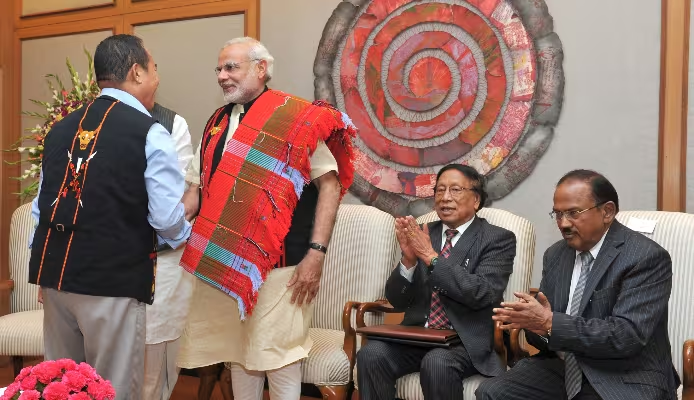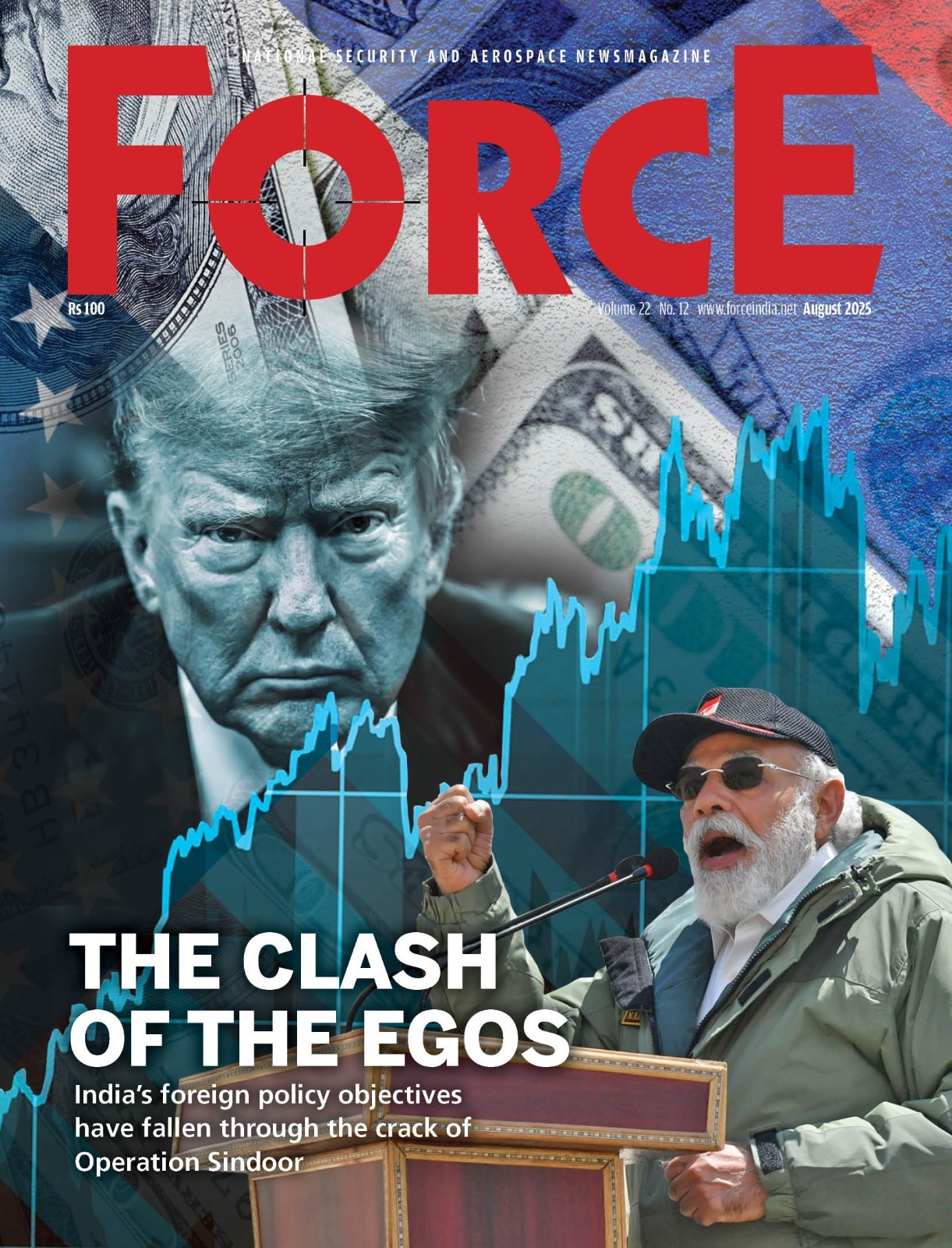Stuck in a Time Loop
 Sudeep Chakravarti
Sudeep Chakravarti
On 3 August 2015, Thuingaleng Muivah, the leader of the largest Naga rebel group, and R.N. Ravi, then the interlocutor for Naga peace talks, signed what was billed as the ‘Framework Agreement’ for peace in New Delhi. It was signed in the presence of the Prime Minister, the defence minister, and the national security advisor, among other nabobs. It was to herald a lasting peace.
The
ceremony was held at the Prime Minister’s residence in New Delhi. The host
described the signing as “… not merely the end of a problem, but the beginning
of a new future.”
Ten
years on, the Agreement remains a dud, a victim of optics, misdirection,
hubris, government overreach, and bad faith, with each side blaming the other
and at the same time claiming grand and little victories. In the past decade
things have only got worse, capped most recently by the misfiring of the social
engineering and electoral project in Manipur that effectively put a stop to a
peace process that was predicated upon legitimacy in the four states that have contiguous
Naga homelands: Nagaland, Manipur, Arunachal Pradesh, and Assam.
Here
is the how, why, and now.
That
a comprehensive Naga peace deal is necessary is beyond debate. South Asia’s
longest-running rebellion/ insurgency must find closure, both technical and
emotional, to end a sordid chapter in India’s nation-building and to secure
India’s far east.
For
a while it appeared that the appointment of Ravi, knowledgeable and relatively even-handed
about northeast Indian matters among security veterans, as the government’s
interlocutor, would work. It was of course a previous avatar, when Ravi was
still a respected practitioner.

Equally,
it is also important to acknowledge that a knotty issue such as the Naga peace process
needed the flash of optics to signal the government’s seriousness about peace
talks.
However,
the framework agreement was basically an agreement to come to an agreement. It
was signed only with Muivah’s faction, National Socialist Council of Nagalim
(Isak-Muivah), or NSCN (I-M), in an uneasy ceasefire since 1997. The agreement
excluded half a dozen more groups, besides Naga citizenry. Even the chief
ministers of Nagaland and Manipur, the two states with the largest Naga
population, were not present at the signing of the Framework Agreement. This
weakened the process, although diehard hopefuls thought NSCN (I-M) could be
used as a pivot to finally lay to rest decades of distress, anger and
rebellion.
That
would prove tricky. NSCN’s Khaplang faction, at the time the second largest
group, was at war with India, having exited the ceasefire agreement. Indeed,
the necessity of making it an I-M-plus exercise became evident
Subscribe To Force
Fuel Fearless Journalism with Your Yearly Subscription
SUBSCRIBE NOW
We don’t tell you how to do your job…
But we put the environment in which you do your job in perspective, so that when you step out you do so with the complete picture.








